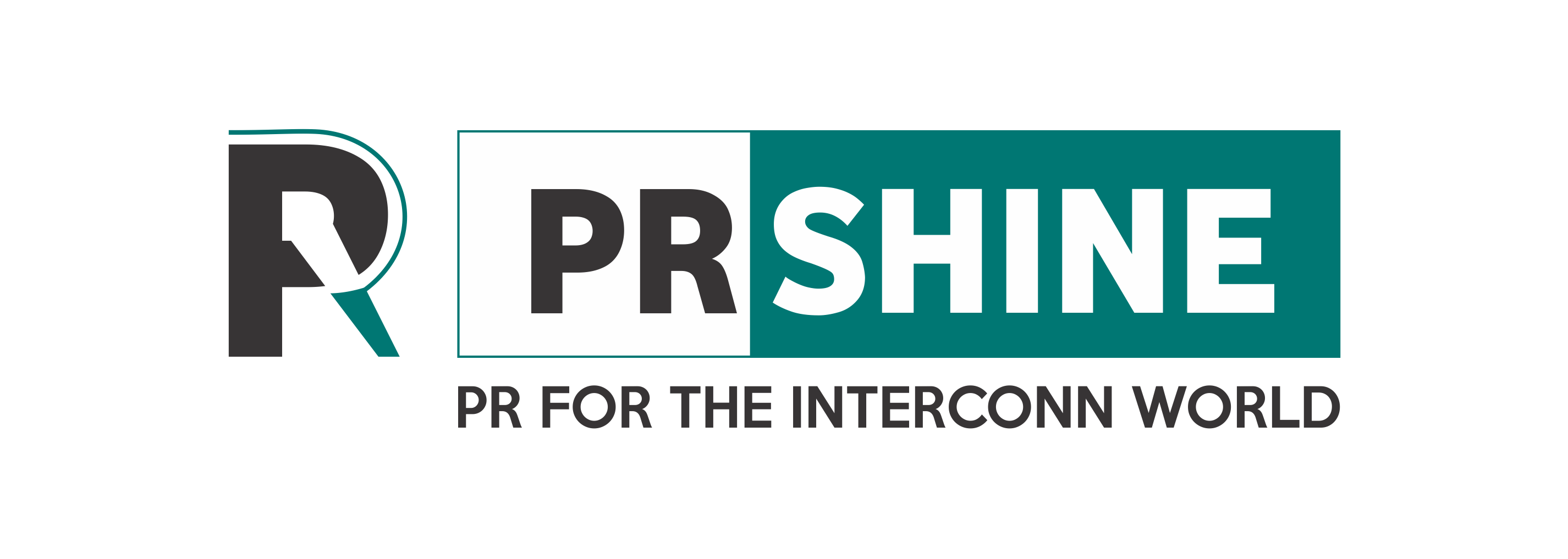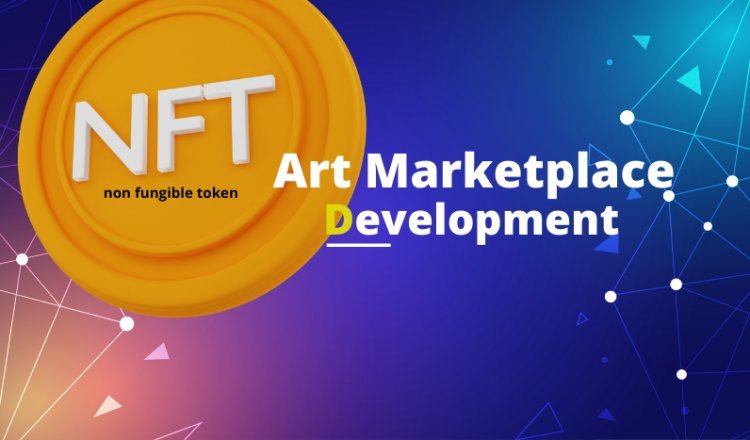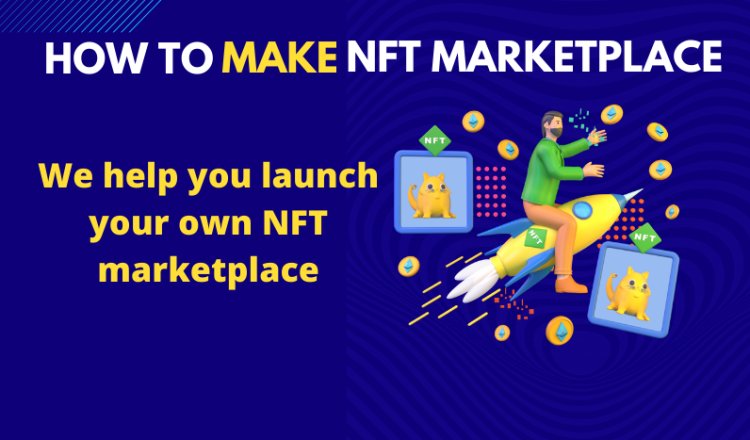Become Art Collectors’ Haven with an NFT Marketplace for Art!
NFT Marketplace for Art a digital art NFT marketplace is a platform where non-fungible tokens that back digital artworks are sold.
Web3 has been a world where previously impossible feats are achieved nonchalantly, and existing systems undergo profound changes. Blockchain technology has a huge role in such events as it forms the foundation of Web3 and is behind applications such as cryptocurrencies, non-fungible tokens (NFTs), semi-fungible tokens (SFTs), decentralized finance (DeFi), and decentralized autonomous organizations (DAOs). One must note that non-fungible tokens have earned recognition as they found artworks as a use case that were the secret behind all the buzz during the 2021 NFT boom.
Traditionally, art has never been considered a coveted profession, although artists of olden times are celebrated forever. In the digital era, artists could not get recognition for their work due to plagiarism and ill-recognition.
With blockchains, things have changed, as NFT marketplaces for art have become massive success stories, and many artists have become millionaires in no time. This blog focuses on NFT art marketplace development and how it can be a valuable business option as times change.
What is an NFT Marketplace for Art?
An NFT marketplace for art is a platform where people can trade non-fungible tokens backing artworks of any form. Artwork assets can be physical, digital, generative, pixelated, or any other form to be integrated into NFTs. Popular NFT art marketplaces include Foundation, Nifty Gateway, SuperRare, Magic Eden, Coinbase NFT, and Async Art. Some of these have created partnerships with real-world art galleries and auction houses for better recognition and brand awareness. Such platforms exist in almost every blockchain as digital art collectors form an influential part of the Web3 and NFT world, and artworks fetch big amounts of money for artists and businesses.

How is NFT Art Marketplace Development Profitable?
NFT art marketplace development can yield profit for venture owners as many factors are involved before an artist can sell their creative works to the public. Most platforms allow artists based on invites or, in rare cases, charge a platform membership fee. Also, charges for minting artworks into NFTs, listing artworks for sale, bidding for an NFT, and final transaction fees are incurred.
Out of all those fees, art NFT marketplaces would have to lose small amounts in offering royalties to artists for secondary sales, even after which there will be a substantial profit. The profit figures can get bigger with better curation and vetting protocols, which most NFT marketplace for art utilize to perfection.
A Glimpse of Digital NFT Art Development
Digital NFT art development has been the base for the new-age art revolution as NFT marketplaces for art discovered the way to create blockchain entries for all forms of artworks. The process occurs in the minting portal in an art NFT marketplace, where an artist should provide details such as description, image, pricing, clauses, utilities, and royalty, which will be written into the smart contract, which will serve as the artwork’s non-fungible token. These tokens can also be helpful in providing meaningful relationships between artists and collectors as utilities can be added.
Conclusion
Thus, we can say that an NFT marketplace for art will be a great venture model in Web3 for a long time as more artists are striving to set foot in the virtual world than ever. Art collectors have also found their vibes in the space, as anonymity helps even the unsuspecting people to buy NFT artworks. Although naysayers might call digital NFT art development an “avenue for elites,” many artists have seen the limelight for the first time, which would have taken a lifetime otherwise. Consider approaching an experienced development firm if you want to run an exclusive NFT marketplace for art.














